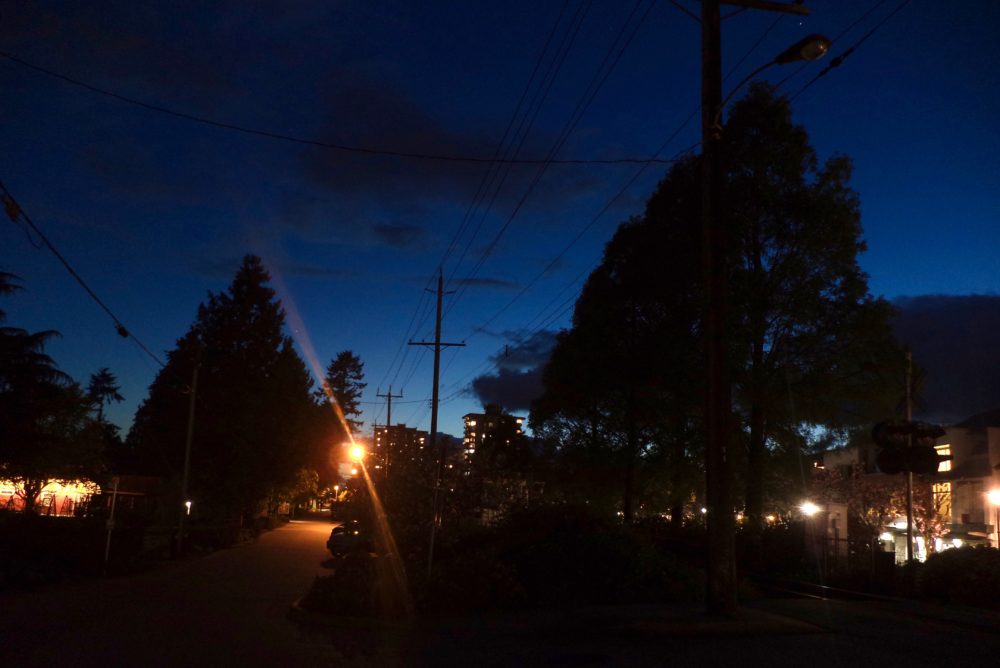
Motet, Cover Image (detail), HarperCollins, 1997
This podcast is based on a scene in my novel, Motet.
Warning–this is a dark scene from the darkest of my novels. Some listeners might find it disturbing.
The scene opens in a loft on Queen Street in Toronto in 1977. My voice is probably too mature to be playing a character who hasn’t turned forty yet, but none the less, I am playing Steven Beuhl. Many readers have told me that they want to hear the voice of the author, so if it’s the author you want, you’ve got him! The amazing young Vancouver actress, Ranae Miller, is playing the punk rocker, Annie Epoxy.
If I were writing Motet now, Annie Epoxy would have a far bigger role in it. Reading the book again for the first time after twenty years, I found her a fascinating, complex, and utterly admirable character who deserves far more stage time than I originally gave her. When I was choosing a scene to dramatize, I knew I had to put her in it.
Continue reading
Podcast: Play in new window | Download




